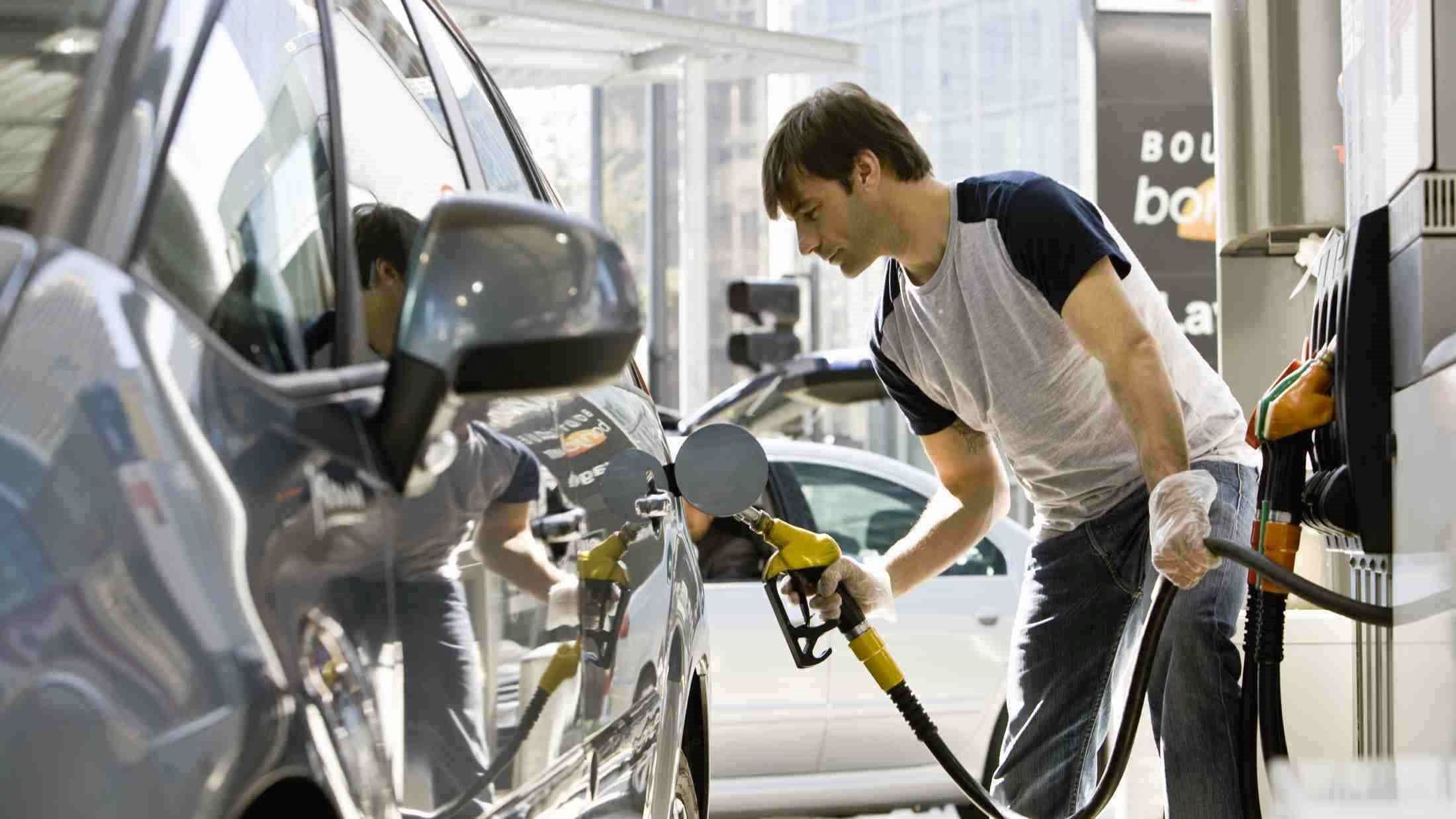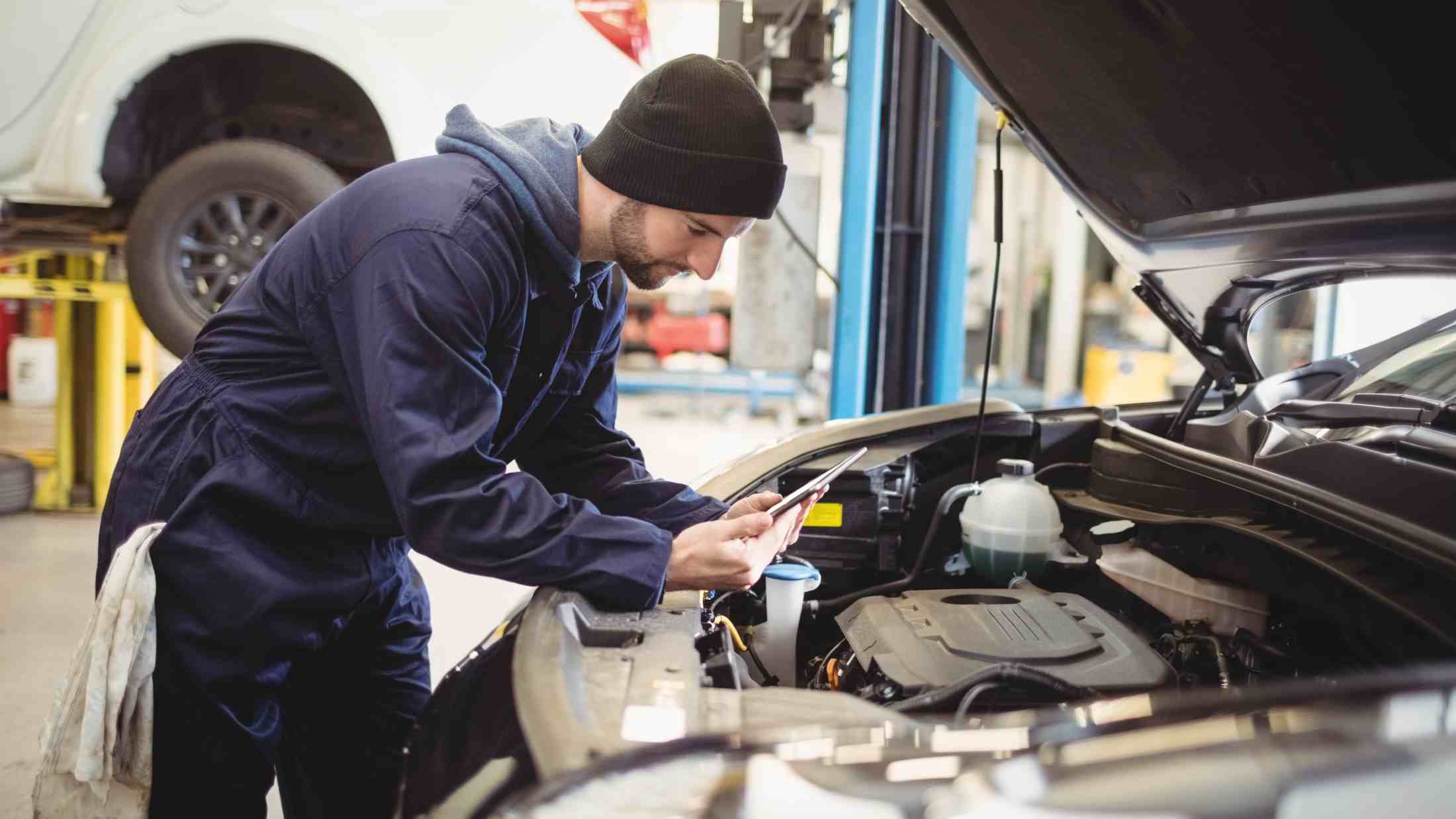Since 2021, E10 has been available at petrol pumps across the UK. But what is E10? What makes it different? And what affect will using E10 have on your insurance?
E5 vs E10: What’s the difference?
E5 contains only 5% ethanol, E10 contains up to 10% ethanol. As ethanol is a biofuel, using it helps to cut back on CO2 emissions, reducing our reliance on fossil fuels, and helping with climate change.
Can I use E10 petrol in my car?
If your car was built after 2011, you should be able to use E10 without any problems. But you’ll need to check if your car’s E10 compatible if it was built before 2011. You can do this with the government’s official E10 online checker, or check your vehicle owner’s manual. To be extra sure, you can also ask your vehicle’s manufacturer, directly. If your car isn’t E10 compatible, keep using E5 super grade (97+ octane). Although the pumps are clearly labelled, you should always double-check before filling up.
What if I accidentally put E10 in my car instead of E5?
Putting E10 in your car won’t cause serious damage to your engine. You wouldn’t need to have the engine and tank flushed like you would if you filled up with diesel instead of petrol.
If you happen to use E10 by mistake, you can still drive your car - but you should refuel with E5 when you’ve used about a third of a tank. You won’t need to make a claim on your insurance for a one-off.
You can cause damage to your engine if you keep on using E10 fuel in a car that’s only suitable for E5. If this happens, your insurance won’t cover you for the damage.












